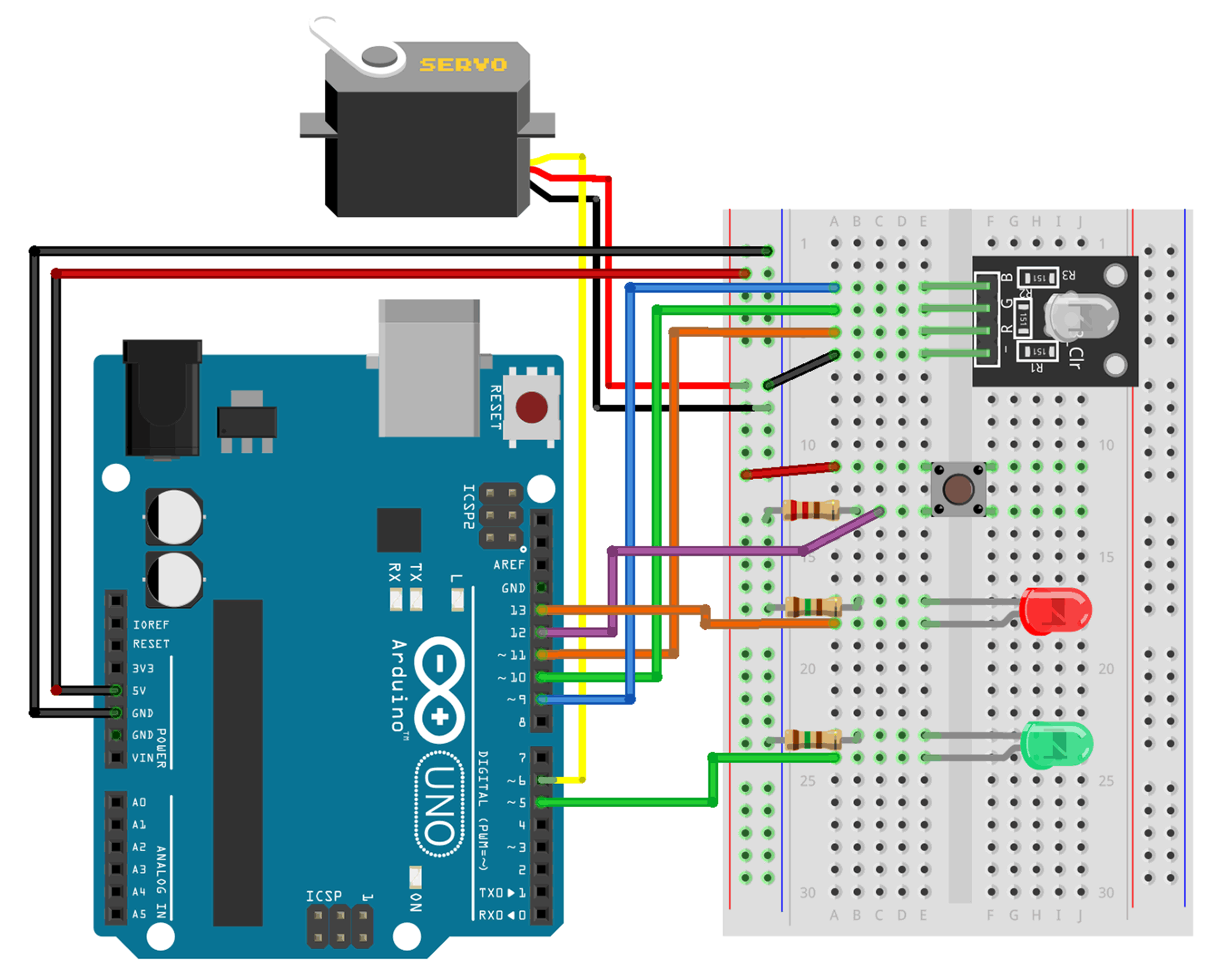35
35.1
35.1.1 Equipment Pickup Form
- Please fill out this form every time you receive a new sensor or equipment. You will need to provide your 9-digit ID number and indicate which sensor(s) you have received.
- Make sure your name and phone number are written on the box containing the equipment.
- By filling out this form, you agree to receive the item(s) and are obligated to return them at the end of the course.
- If you’re not sure, click here to check which equipment you borrowed from the course.
35.1.1.0.1 Do you want to order equipment for yourself?
Click for a list of the main components used in this course.
35.2
Make an account on Github. Create a repository called “agrotech” or whatever you else want to call it. You can upload to this repository your code, data, diagrams, pictures, markdown, etc. In the end of the semester you will upload your project report as a Jupyter Notebook file.
From now on, your main Github page can be your “geek face” on the internet. Make a clean and simple readme.md, telling the world who you are and what you do.
35.3
The easiest way to install Python (+ Jupyter Notebook, Spyder, PyCharm, JupyterLab, etc) on any OS is to download Anaconda. Jupyter Notebook is a versatile environment that allows you to write code and documentation in one single file, taking advantage of Markdown. Click for a short and a long markdown cheat sheet.
35.4
Fritzing is a nice software that lets you easily draw your own circuits and diagrams.

35.5
The world of MCUs has great support online. You actually don’t need this course to learn it… We are only here to guide you and help with the first steps. SO below are some usful links to websites/Youtube channels that provide excellent information:
Arduino syntax and coding:
Tutorials by sensor manufacturers:
Project ideas:
Arduino beginners course:
Examples of good Youtube channels:
Oregon State’s OPEnS Lab
